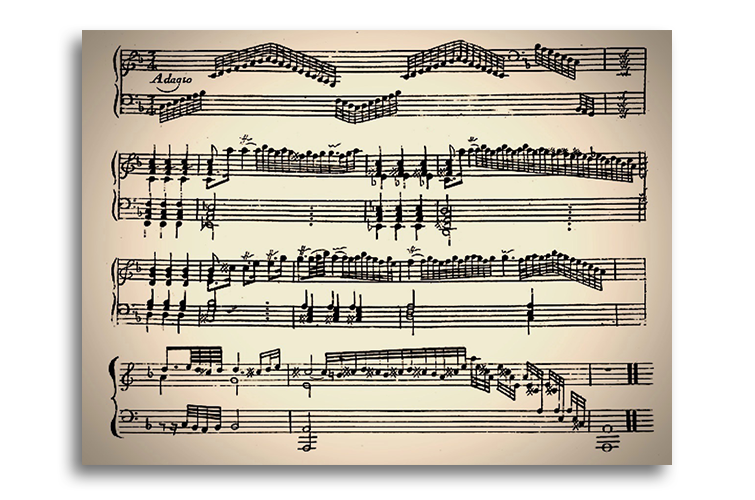
Ornaments & Cadences Eighteenth Century
“Almost no one who devotes himself to the study of music, particularly outside France, is content to perform only the essential graces; the majority feel moved to invent variations or extempore embellishments. In itself this inclination is not to be condemned, but it cannot be realized without an understanding of composition, or at least, of thorough-bass.” (Johann J. Quantz, Versuch (1752, p. 136, trans. Edward R. Reilly).
Examples of what Quantz is discussing in this section of his Versuch are written out by a number of other composers, for example by Georg Phillip Telemann in his Methodical Sonatas and by William Babell in his Solos for a Violin or Hautboy with a bass, figured for the Harpsichord. This type of ornamentation is also used typically over the penultimate 6/4 chord of a final cadence. Important sources for this period include: Francesco Geminiani, A Treatise of Good Taste in the Art of Musick (1739); Pier Francesco Tosi, Observations on the florid song (1743); Johann J. Quantz, Versuch einer Anweisung die Flöte traversiere zu spielen (1752); Carl Philipp E. Bach, Versuch über die wahre Art das Clavier zu spielen (1753/1762).
Future projects and recordings include: The application of Quantz’s instructions in contemporary slow movements; Playing doubles of J.S. Bach’s Sarabandes; Playing and singing free cadenzas.
